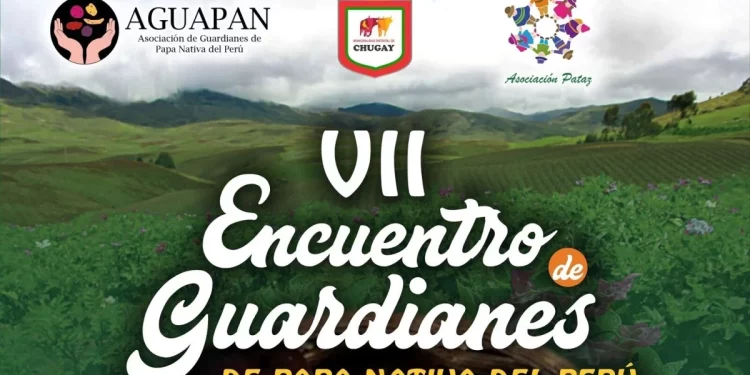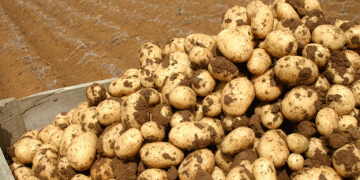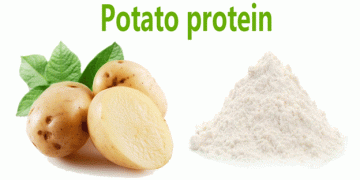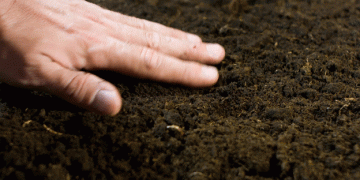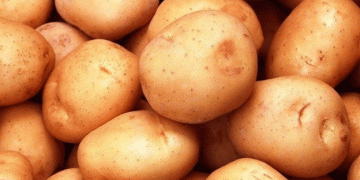Three years ago, more than forty small farmers from five regions of the central highlands (Lima, Huánuco, Pasco, Junín and Huancavelica) joined forces with the purpose of conserving the immense variety of native potatoes in our country.
Other objectives pursued were and are to keep alive traditional knowledge and practices – without which these ancestral varieties would not exist today – and to achieve better living conditions. In this way, the Association of Native Potato Guardians of Central Peru (AGUAPAN) was born.

These men and women have not let themselves be defeated by the environmental and climatic challenges that characterize the landscapes of the central mountains; on the contrary, they have found innovative ways to cultivate tubers. Each member of AGUAPAN grows at least fifty varieties of native potatoes, some have even reached up to four hundred. How do they do that? Without exception, everyone sows “in a mixture” (chaqru), that is, they sow different varieties in the same field, since experience indicates that, through this technique, the potatoes protect each other from the cold (frost and hail).
Every year, AGUAPAN members leave their families and homes to meet in a general assembly and share with their colleagues the good and bad of the previous campaign. They exchange ideas on how to face the effects of climate change – which no longer allows them to predict rain or frost and has intensified pests that they still cannot control – and to exchange their seeds for others that they do not have, as if they were figurines that are missing. his albums.
AGUAPAN has met in assembly three times since its creation. The last of these meetings took place in the first days of June of this year, in the district of Laraos, province of Yauyos (Lima) and brought together the fifty guardians of the native potato, from 50 peasant communities, which are part of the Asociation.
The famous Peruvian native potatoes that many of us have only seen in photos, were shown live in the main square of Laraos, with their hundreds of shapes, colors and flavors. Some had been rescued from Apurimeña farms that received the unfortunate visit of the ranch, while others were specially selected to show off in front of all the associates and residents of the area. For their part, the dialogues revolved around their experiences with climate change and the value of potatoes for food security.
Missing AGUAPAN Association.
Despite its nutritional value, there are still few varieties of native potatoes that are consumed outside of peasant communities. It doesn’t take more than a quick visit to the nearest market or supermarket to realize that only two or three varieties have managed to sneak into the diet of consumers in the country’s big cities. It is also true that there are some trends towards change and urban consumers are timidly beginning to appreciate other varieties that reach the markets,
The low demand for the rest of the native varieties endangers their existence or at least makes it difficult for farmers to reach the regional or national market. Added to this, the price of native potatoes is still not high enough – although this is improving – to cover the production costs that our farmers invest.
Maintaining the diversity of native potatoes implies guaranteeing the food security of the population, both rural and urban. Each native potato grows in different ecosystems and withstands different temperatures, which means that even in the face of extreme events, the genetic diversity of these tubers can prevent the total loss of this crop. Its role in the face of the intrinsic vulnerability of the peasant, especially in the Andes, is crucial.
Associations such as AGUAPAN highlight the importance of the variability of potatoes in the voices of those who have taken on the challenge of conserving it directly, but contributing to the conservation of this product, its diversity and the traditional systems that make it possible for them to reach our tables is also a task. of consumers.

How can we contribute
Buying and consuming their products. These products are offered at various farmers’ fairs and organic markets (every Saturday, for example, you can find one of AGUAPAN’s farmers at the La Molina Healthy Market).
To the extent that the demand for more varieties of native potatoes grows, small farmers will have greater incentives (in addition to cultural ones) to grow and bring this tuber to the cities, so important in the diet of every Peruvian. Buy native, homemade!
* According to María Scurrah, from the Yanapay Group, a potato contains more potassium than a banana. Yellow-fleshed potatoes are good for your eyes because of the procarotenes they contain.* According to the International Potato Center, more than 4,000 varieties of native potatoes are grown in the Andean highlands of Peru, Bolivia and Ecuador.
* These potatoes are very well adapted to the harsh conditions prevailing in the Andean highlands, at altitudes ranging from 3,500 to 4,200 meters.* Farmers generally produce these native potato varieties with minimal or no use of agrochemicals.* SPDA, the Yanapay Association, the International Potato Center and INIA are part of the AGUAPAN support group, providing technical and legal support to its members.

